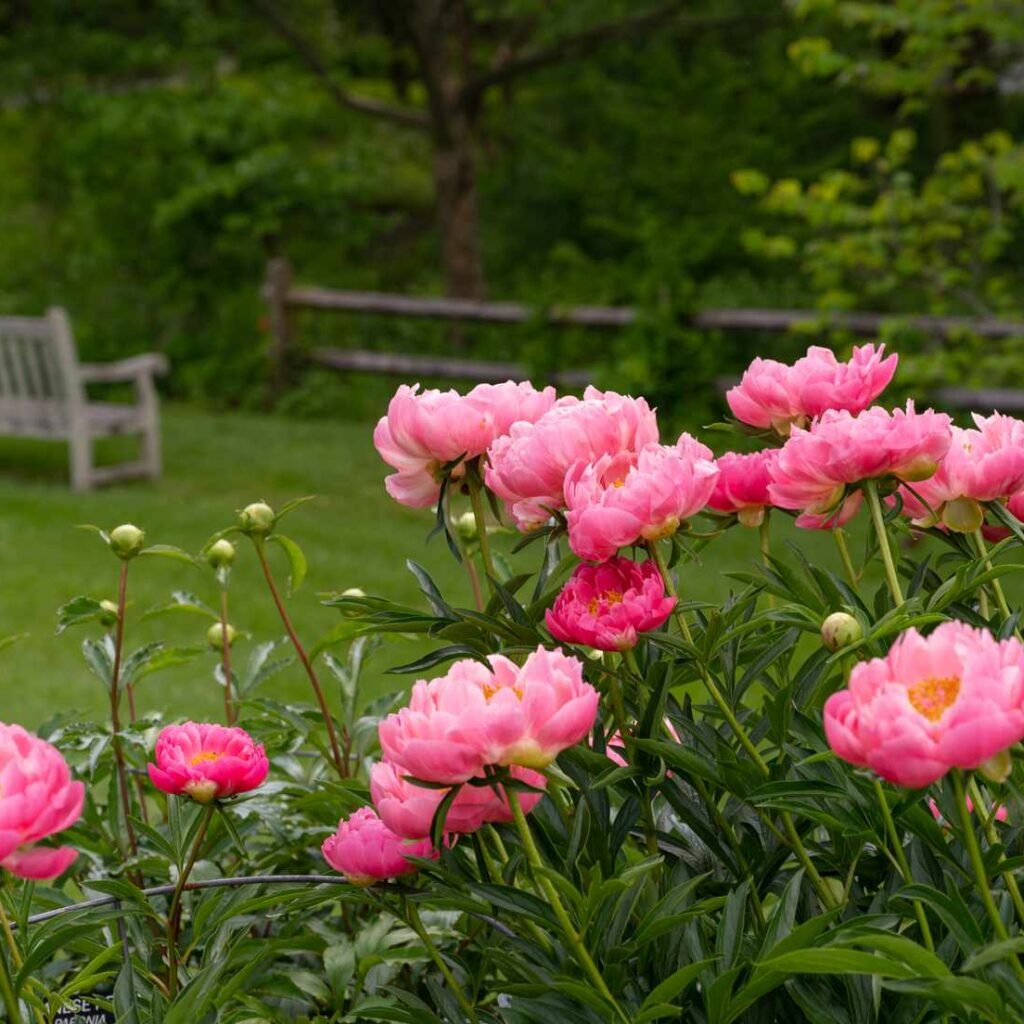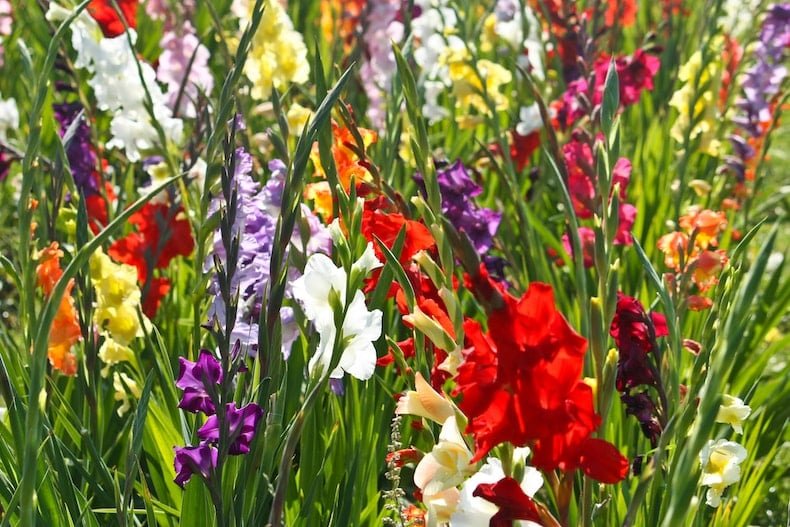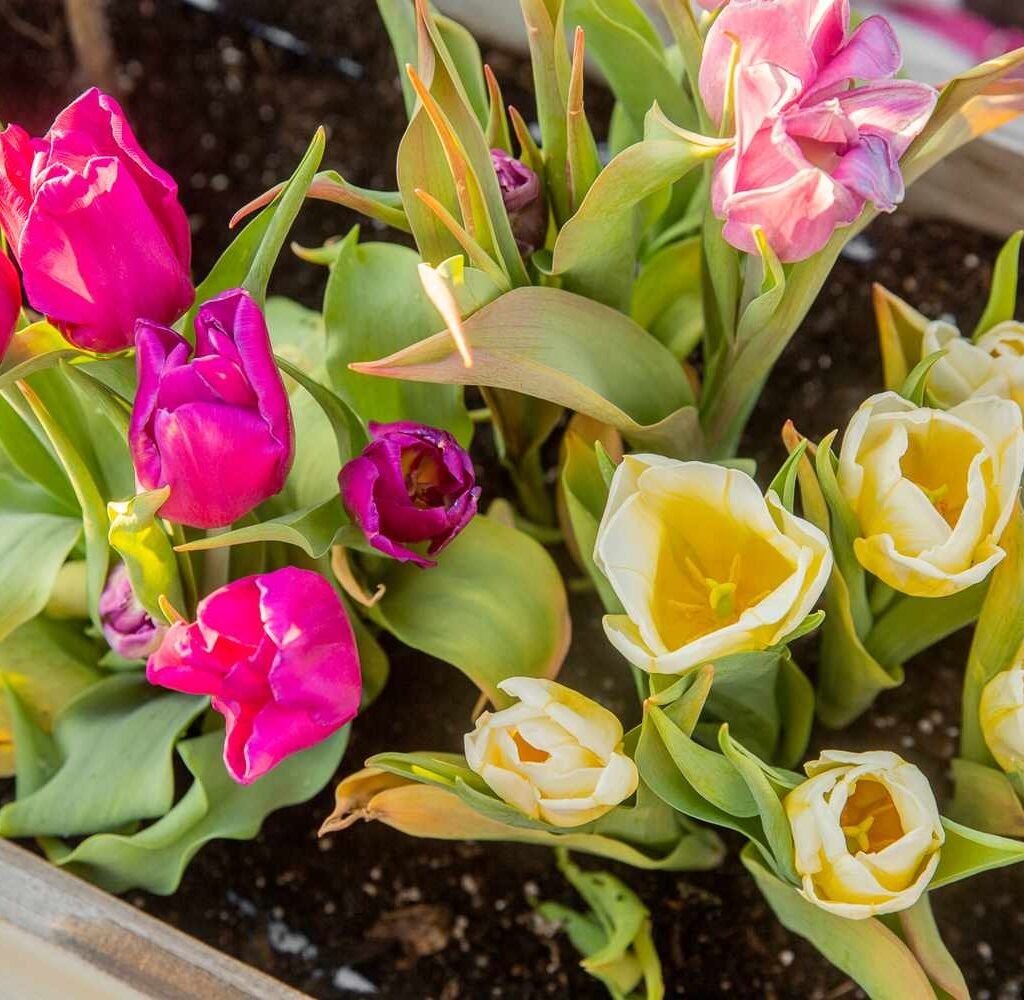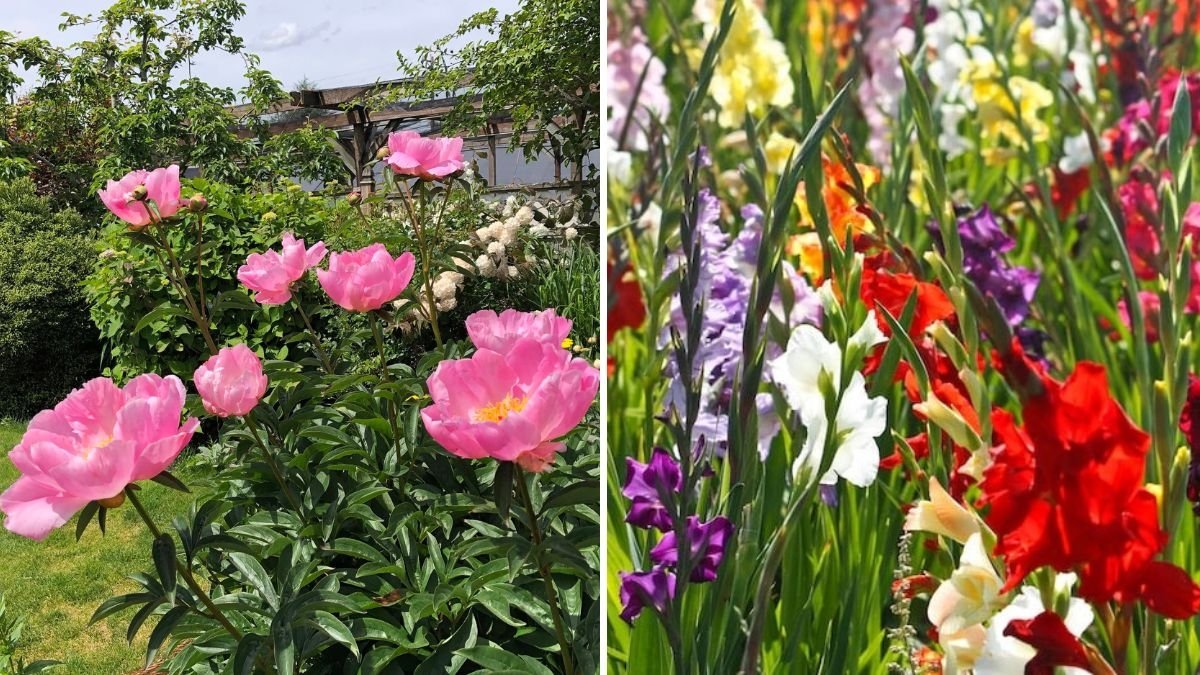Spring is often considered the peak season for garden blooms, with vibrant flowers and lush foliage creating a stunning visual display. However, many gardeners find that after spring, their gardens can appear dull or sparse as flowers fade and temperatures rise. Maintaining a colorful garden beyond spring requires careful planning, plant selection, and maintenance practices that extend blooms and introduce visual interest throughout the summer and into early autumn.
This article explores strategies to keep your garden colorful after spring, including plant choices, seasonal succession planting, soil management, watering, fertilization, and creative design techniques.
1. Understanding Seasonal Color Cycles

Gardens follow natural seasonal cycles:
- Spring Blooms: Tulips, daffodils, hyacinths, and primroses dominate, offering early-season color.
- Summer Flowers: Roses, daylilies, zinnias, marigolds, and coneflowers thrive in warmer months.
- Autumn Colors: Chrysanthemums, asters, and ornamental grasses provide late-season interest.
Understanding these cycles allows gardeners to plan for continuous color rather than letting the garden fade after spring.
2. Choosing Plants for Continuous Color

Plant selection is critical for maintaining post-spring vibrancy:
- Perennials: Plants like coreopsis, echinacea, and salvia bloom repeatedly and provide long-lasting color.
- Annuals: Zinnias, marigolds, and petunias can be planted in succession for continuous color.
- Bulbs for Summer: Gladiolus and lilies bloom later, filling gaps after spring bulbs fade.
- Flowering Shrubs: Hydrangeas, butterfly bush, and hibiscus provide structural and seasonal interest.
- Foliage Plants: Coleus, caladium, and heuchera offer colorful leaves when blooms are minimal.
Combining early, mid, and late-season plants ensures a continuous display of color.
3. Succession Planting
Succession planting is a key strategy to extend flowering seasons:
- Stagger Planting Times: Sow seeds or transplant seedlings every 2–3 weeks to maintain blooms.
- Replace Spent Blooms: Remove fading annuals and plant new ones to keep the garden vibrant.
- Combine Early and Late Bloomers: Mix spring perennials with summer-flowering plants for overlap.
Succession planting guarantees a dynamic, ever-changing garden that avoids periods of dormancy.
4. Soil Preparation and Fertility

Healthy, nutrient-rich soil supports long-lasting blooms:
- Amend Soil Annually: Incorporate compost or well-rotted manure to replenish nutrients.
- Use Mulch: Mulching retains soil moisture, regulates temperature, and reduces weeds, all of which support healthy growth.
- Check pH Levels: Most flowering plants thrive in slightly acidic to neutral soil (pH 6–7).
- Slow-Release Fertilizers: Organic slow-release fertilizers feed plants gradually, maintaining blooms throughout the season.
Well-prepared soil provides the foundation for sustained flowering and vibrant foliage.
5. Proper Watering Practices
Water management is essential for color retention:
- Deep, Infrequent Watering: Encourages strong root development, helping plants tolerate heat.
- Morning Watering: Reduces evaporation and allows plants to recover from daytime heat.
- Avoid Overwatering: Excess moisture can lead to root rot and reduced flowering.
- Self-Watering Containers: Ideal for container gardens to maintain consistent hydration.
Proper watering ensures healthy, colorful blooms throughout the post-spring months.
6. Deadheading and Pruning
Maintenance practices prolong flowering and encourage new blooms:
- Deadheading: Remove spent flowers to redirect energy toward new blooms.
- Pruning Perennials: Cut back perennials after initial flowering to encourage secondary blooms.
- Shaping Shrubs: Trim overgrown branches to improve airflow and aesthetic appeal.
- Pinching Tips: Pinch back tender annuals like zinnias and petunias to promote bushier growth.
Regular deadheading and pruning extend flowering periods and maintain a tidy garden.
7. Incorporating Summer and Fall Interest

Adding plants that thrive after spring ensures continuous visual appeal:
- Summer-Blooming Flowers: Sunflowers, cosmos, dahlias, and vinca tolerate heat and continue color displays.
- Autumn Perennials: Asters, sedums, and chrysanthemums bring late-season color.
- Ornamental Grasses: Fountains grass, blue oat grass, and miscanthus add movement and texture.
- Colorful Foliage: Coleus, caladium, and heuchera provide visual interest when flowers fade.
Strategic plant selection keeps the garden engaging throughout multiple seasons.
8. Using Containers and Planters
Container gardening adds flexibility for maintaining color:
- Moveable Displays: Relocate pots to sunny or shaded spots as needed to optimize blooms.
- Succession in Containers: Replace spent annuals with summer or autumn flowers.
- Layered Planting: Combine trailing, upright, and foliage plants for multi-dimensional color.
- Portable Focal Points: Containers allow you to highlight color in specific garden areas.
Containers offer versatility and quick adaptation to seasonal changes.
9. Companion Planting for Continuous Color

Companion planting enhances aesthetics and plant health:
- Mix Flower Types: Combine early and late bloomers for overlapping color.
- Layering Heights: Plant tall perennials at the back, medium in the middle, and low groundcovers in front.
- Color Harmony: Coordinate complementary and contrasting colors for visual appeal.
- Pollinator-Friendly Plants: Encourage bees and butterflies to visit, enhancing garden life.
Companion planting ensures a balanced and vibrant garden display.
10. Pest and Disease Management
Healthy plants maintain color longer:
- Regular Inspection: Check plants weekly for pests or disease.
- Organic Treatments: Neem oil, insecticidal soap, or companion planting help control infestations.
- Proper Spacing: Allows air circulation to prevent fungal diseases.
- Early Intervention: Remove affected leaves or flowers promptly to prevent spread.
Managing pests and disease preserves continuous blooms and overall plant vitality.
11. Seasonal Fertilization
Fertilizing at the right times sustains color:
- Early Summer: Apply a balanced organic fertilizer to encourage continuous flowering.
- Mid-Summer: Foliar sprays like seaweed extract boost bloom longevity.
- Late Summer: Slow-release fertilizers support late-blooming perennials and autumn flowers.
- Container-Specific Fertilization: Frequent feeding may be required due to limited soil nutrients.
Nutrient management ensures vibrant, long-lasting colors across seasons.
12. Creative Garden Design
Color retention is not only about plants but also garden design:
- Layered Flower Beds: Mix different bloom times and colors to maintain visual interest.
- Color Zones: Group plants by color for seasonal focal points.
- Seasonal Accessories: Use garden art, trellises, or colorful pots to complement fading blooms.
- Vertical Planting: Hanging baskets and trellises provide additional bloom space.
A creative layout keeps the garden visually engaging even as certain flowers fade.
13. Environmental Considerations
Environmental factors affect post-spring color:
- Sunlight: Ensure plants receive appropriate light levels for summer and autumn blooms.
- Temperature: Heat-tolerant species perform better in warmer months.
- Microclimate: Sheltered spots may extend bloom periods.
- Rainfall: Mulch and containers help retain moisture during dry spells.
Adapting to environmental conditions maximizes garden performance and flower longevity.
14. Planning for Next Year
Post-spring color planning helps future seasons:
- Seed Saving: Collect seeds from late bloomers for next year’s garden.
- Bulb Planting: Plan summer- and autumn-blooming bulbs in advance.
- Soil Enrichment: Prepare beds with compost and organic matter for next year.
- Crop Rotation for Edibles: Ensures fertile soil and extended harvest periods.
Long-term planning sustains a colorful, resilient garden year after year.
Conclusion
Keeping your garden colorful after spring requires a combination of smart plant selection, soil care, watering, fertilization, and creative design. By choosing early, mid, and late-season bloomers, practicing succession planting, and maintaining healthy soil, gardeners can enjoy continuous color well into summer and early autumn.
Maintenance practices such as deadheading, pruning, proper watering, and pest control are essential for prolonged flowering. Utilizing containers, companion planting, and creative layouts further enhances visual appeal and adaptability. By understanding seasonal cycles and responding proactively to environmental conditions, gardeners can maintain a vibrant, lively garden that delights the senses long after spring has passed.
A well-planned post-spring garden not only ensures continuous color and aesthetic pleasure but also supports plant health, encourages pollinators, and transforms any outdoor space into a year-round botanical haven.

Leave A Comment